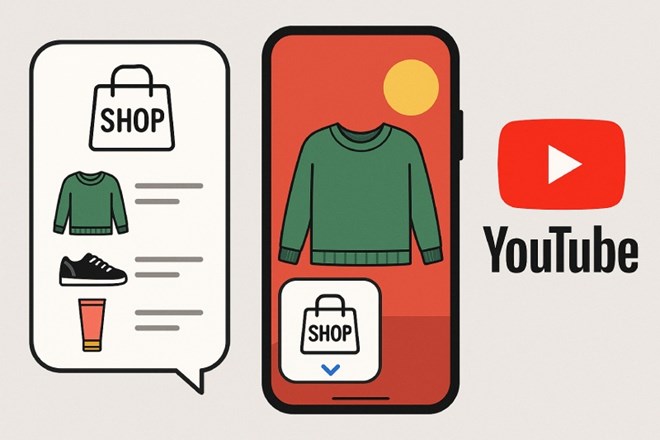Traditional television is continuing to lose market share in the US. This decline confirms profound changes in how people use them, which are driven by streaming, anytime, anywhere access, and the changing relationship between people and screens.
For decades, traditional television has shaped part of the lives of households in the US. Nowadays, it is gradually receding into the past.
According to market research firm Statista, the time adults in the US spend watching traditional TV every day will only account for 39% of their screen time by 2026. This gradual but continuous decline, which began many years ago, shows no signs of slowing down.

This decline does not mean that Americans spend less time on screen. It is completely the opposite. Smartphones, tablets and computers have dominated traditional television, as on-demand content is getting richer, smoother and easier to access.
Statista explains that "Young people around the world are especially rapidly adopting the habit of streamling videos based on smartphones, meaning that the time spent watching TV on screen is likely to decrease further in the future."
Whether it's watching Netflix shows on the subway, TikTok videos between meetings, or YouTube documentaries on your bed, watching habits have changed.
The younger generation is the one who quickly gave up regular channel TV. But today, even people over 50 are increasingly turning to streaming services.
This change is also reflected in TV subscription packages. In 2019, more than 80 million US households still registered for cable or satellite television services. In 2028, Statista estimates that there will be only 40.8 million households - a reduction of half in less than 10 years











